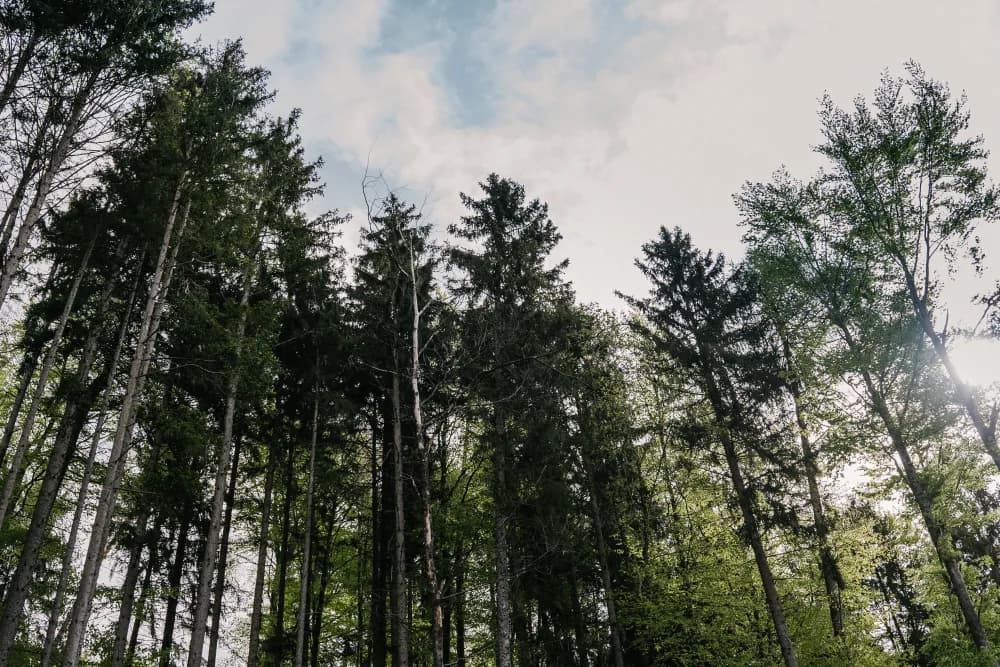
The Tree.ly Climate Project Codex: Ensuring the highest quality carbon credits
9/15/2022
|

Chris Thomas

Inevitably as carbon neutrality and net zero hit the headlines, scrutiny of such claims is increasing. Bold claims are all well and good, but only if backed up by tangible measurable action. With this in mind, we feel it’s important to lay out precisely how Tree.ly’s projects resolve several of the carbon market’s wicked problems.
Solving “double counting”
The issue of double counting has plagued carbon markets for years. Simply put, this refers to the need to ensure 1 tonne of CO₂ is counted only once, and though the Paris Agreement made some progress, the issue remains. Tree.ly solves this on two fronts: on the one hand by using the latest technology (t, blockchain, etc.), and on the other hand thanks to an emphasis on regional projects, keeping trading within borders using the so-called “Swiss solution” put forward by the Swiss federal forest division (BAFU). Which brings us to our next point:
High-quality regional projects
Only European projects with the strongest forestry laws on the planet are selected by Tree.ly. Quality is guaranteed and vetted through this selection process, after which we work closely with forest owners. Together we generate detailed information using precise measurements such as lidar, science-based stock keeping and vegetation types and harvesting data and forest management science. Last but not least, any income generated must be reinvested into the forest to further boost the robustness of these valuable assets.
Vulnerability buffers
The commitments forest owners make to Tree.ly also offer our projects a large degree of risk protection. The way projects are distributed also inherently spreads the risk: fast-growing and strong Alpine forests buffer more vulnerable forests in other regions of Europe. The buffer percentages of a high-risk forest project are adapted and higher than for a very safe project. In the recent US forest fires, these buffers literally went up in flames, but in Europe such large forest fires cannot occur due to the shape and size and infrastructure capabilities.
Ultimate additionality
Standards stipulate that climate protection measures from offset projects must be of an additional nature, meaning they come from projects that would not have been initiated otherwise. We engage in two types of projects (Carbon Removal & Carbon Conservation), each of which address this “additionality”. With carbon removal projects this is clear, literally adding trees to a forest stock. With carbon conservation, even if conditions and wood prices lead to a lowering of stock, forest owners commit to not going below their agreed-upon lower boundary. (Find out more in our blogpost).
Longest time spans
Permanence is another aspect which sets Tree.ly apart: there are no other similar projects on the planet with 30-year permanence. Coupled with our science-based measurements, this increases reliability and can ensure more of an impact, locking in the forest’s CO₂-capturing capabilities for three decades. Moreover, if long-lasting wood products are subsequently produced (e.g. houses) this is sequestered indefinitely. These factors give Tree.ly’s nature-based climate projects the greatest possible permanence.
Transparency and high standards
Trust and transparency are indispensable in carbon markets, especially with increasing scrutiny and anti-greenwashing movements. With this in mind, Tree.ly’s registry can be seen at any time by all parties (credit purchasers, forest owners, etc.) – it is transparent by design, and based on ISO 14064-2 norms. On the purchasing side, we only sell to hard-to-avoid emitters: buyers need to show their carbon balance, and prove they’ve done everything to reduce and avoid Scope 1,2 & 3 emissions. Only then can they be accepted to buy carbon credits from Tree.ly.
Ultimately, such transparency and high standards underly everything we do, meaning forest owners and carbon purchasers alike can rest assured that projects with Tree.ly offer maximal trust, reliability and quality.
Read more:
Check out our concise summary of carbon markets as of 2022.

